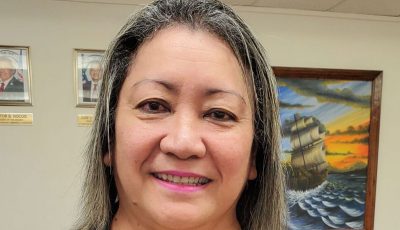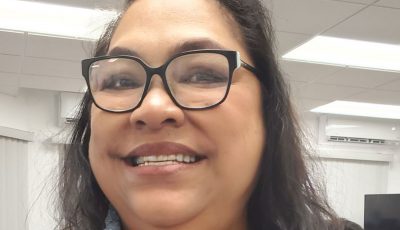ASIANA
I waited three days before writing this article so that I can be as objective as possible over what I experienced as a rather primitive treatment by ASIANA Airlines as a transit passenger in between flights for more than 12 hours. I traveled from Saipan on my way to Dalian, Liaoning, China. I left Saipan at 3pm and arrived in Incheon at 7pm, a five-hour flight given the time difference. My connecting flight was at 9:25am, a transit time of 14 hours. I approached the ASIANA desk as soon as I got out of the plane and I was told that I will have to find my own accommodations for the night, if I wanted to stay at a hotel.
Now, when I traveled on Korean Air from Honolulu to Shenyang where I live, and transit through Incheon/Seoul International Airport, I was usually directed to a bus that took me to a hotel for the night, with dinner or breakfast provided, before returning to the airport for my connecting flight. I remember those transit times to be less than 12 hours of duration, but the airline always had someone waiting after immigration to get me to a hotel in Incheon. I was expecting the same service from ASIANA, being a transiting international passenger.
I was under the impression that IATA members treat a passenger transiting for more than half-a-day as their responsibility and thereby to be directed where to spend the night. I do not know this for sure, but this was my recollection in the little I knew dealing with visitors in Manila, Saipan, and other Pacific Isles.
Anyway, aboard OZ 603 from Saipan, I told the stewards that I was transiting for more than 12 hours. They handed me the immigration and custom’s forms, which I filled out the same way I had done before when transiting overnight on Korean Air. Eyeing the ASIANA counter before going through Immigration, I went to inquire hoping that I could be accommodated at the airport’s transit hotel. I was told that not only does ASIANA not have a hotel for transit passengers, but that either I make my own accommodations outside the arrival area, or go up to the fourth floor to the passengers’ waiting lounge. It was all up to me.
Not particularly enamored about stepping out in Korea’s cold (Saipan was pleasantly warm, thank you; and the following day will get me to the cold of China’s Dong Bei that snowed the week before) to get to a hotel that I had to pay for, I went up to terminal A’s fourth floor to check the accommodations.
The Hub charged $21 for five hours. I asked if that would be $42 for 10 hours, and I got a smile. The place closes after midnight 2200 hours. I went to the Transit Hotel and asked the lady if she had space for 10 to 12 hours, and she said, she did. “That will be $163, please,” she added. I am not normally a miser but the rate was ridiculous. I could imagine the cost of the hotels immediately outside the airport, or those 20 miles away in Incheon. I looked for the public lounge.
The supervisor I talked to at the ASIANA desk, a Mr. K. H. Kim, looked like he’d been on duty all day, preferring not to be bothered. I used to be an associate at a computer department store’s customer service desk outs and we were oriented to a customer’s objective situation as well as expressed desires. I told him that I just needed to be clarified about their policy: Was a transient passenger for more than 12 hours on their flights a responsibility of the airline? He did not respond either “Yes” or “No.” He just summarily declared that he could not do anything. The airline did not put up transient passengers, he said. What I will do was up to me. I asked if there was anyone else who might be able to clarify the responsibility issue, and I got a “No” answer. He was it and he cannot do anything.
This was the week ASIANA was fined, or rather, slapped on the wrist, with a half a million dollar court judgment for that fateful accident at the San Francisco airport July of last year where it was deemed that ASIANA did not act fast enough to deal with passengers’ welfare. Three young female students from China died in the mishap when the plane missed the runway. Saipan-originating Dong Bei passengers on ASIANA are probably infrequent, and my ceasing to ever patronize ASIANA again, even if I have to go through Hagatña when traveling to Saipan, was not going to affect their bottom line. But they lost a customer. A pity. After flying with them enough times in the last five years, I finally applied for their mileage card. I will lose my accumulated mileage but never the mind. Chuck one less customer for ASIANA.
For Supervisor Kim, there are other ways of dealing with customers without alienating their sense of fairness. The reclining seats at the News & Movie room were OK, even those on the public lounge. You may try promoting their virtues. For friends and acquaintances on Saipan and elsewhere, I suggest that you look closely at the customer service of ASIANA, and if you have a choice, I recommend you take the other one.
An-nyung-hi-ke-se-yo, ASIANA!
Jaime Vergara previously taught at SVES in the CNMI. A peripatetic pedagogue, he last taught in China but makes Honolulu, Shenyang, and Saipan home. He can be reached at pinoypanda2031@aol.com.



























